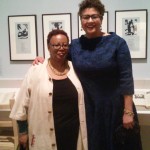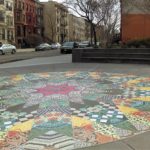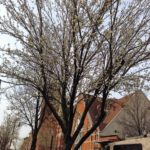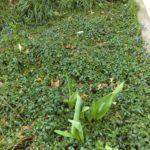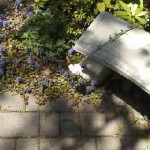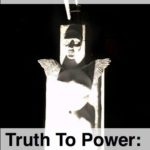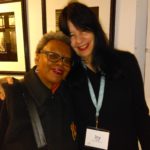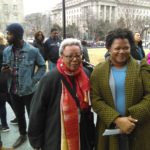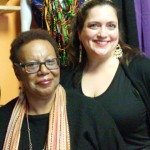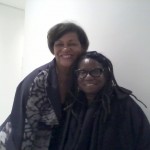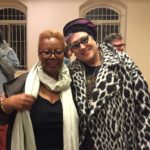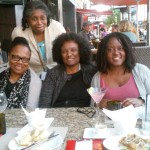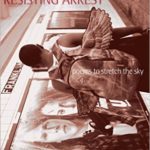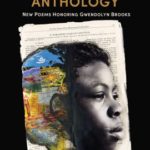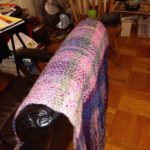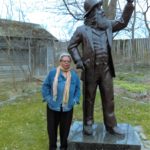
Whitman statute, Whitman Birthplace Huntington, LI
On Saturday April 1 I read in two very different venues: Passaic County Community College in Paterson, New Jersey, as I was a finalist for the Paterson Poetry Prize and Howl Happening, a East Village arts gallery for a book launch of WORD: An Anthology which featured poets and artists or poets as poets and artists. It reminds me that like Whitman, I contain multitudes. From the broken city across the Hudson where mill building stand, while wood frame houses fall from fire, neglect, despair to the shiny overpriced formerly bohemian EV where I grew up as a young poet and writer and became the woman I am. The poets range from the academic to the anarchic–I seem to fit in with them all. I thank Whitman for that inclusiveness of words and tempo and ideas.
Why because on April 7, I took part in the Walking with Whitman series organized by George Wallace for the Whitman Birthplace and Historic Site in Huntington, LI. Going to LI is not without trepidation. It’s a haul and I found one of the few express trains there. I also encounter the not so gentle racism of the place. I sat down in the train car, took out my book to read on the train and this nice middle-aged woman said, “this train does not stop at Jamaica” assuming that somehow I must be on the wrong train. I politely told her I knew what train I was on and where I was going. The provincialism of suburbia always amazes me.
But a new friend picked me up at the train station once I got there. His car had heated seat (nirvana) and off we went to this lovely center which has a beautiful yard, that was the original one for Whitman’s family. And all things Whitman and a great list of poets in residence there. I got there in time to hear the “open mic” which was pretty good–most of the poets were middle-aged or older, one very young person. Then some pleasant music and then George Wallace introduced me and it was one of my best readings. I read for about 40 minutes & was given an ovation-my first ever. And it was genuine and surprising and I am glad that it was. I’ve gone to many venues where poets gin up things emotionally or otherwise to get an audience up and off their feet, but I don’t do that, at least not intentionally.
Afterwards there was a Q&A & the questions, the things on people’s minds are the things on mine:-how are we to be poets in this difficult time; how are we to create; what can we do to sustain ourselves and how and what must we do to consider the Future. Whitman talks a lot about the Future in his work, we do as well but it almost always dystopian. We have to start to think well if we could make a better place for humans and all other creatures and be of good cheer in this cosmos, well what would that be like? What does it mean to be inclusive, to allow for a range of expressions of sexuality, talent, civility? What will the family be like 50, 100, 200 years from now, that is if humans are still around. I don’t know. But I have faith that many of us are working hard to do as poets have done since the first one sang–we create, we present, we hope to connect. We seek knowledge and we hope for love.
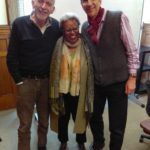
Mark Doty, Richard Michelson, me after Paterson Poetry Prize reading.

medallion Walt Whitman Birthplace, Long Island
